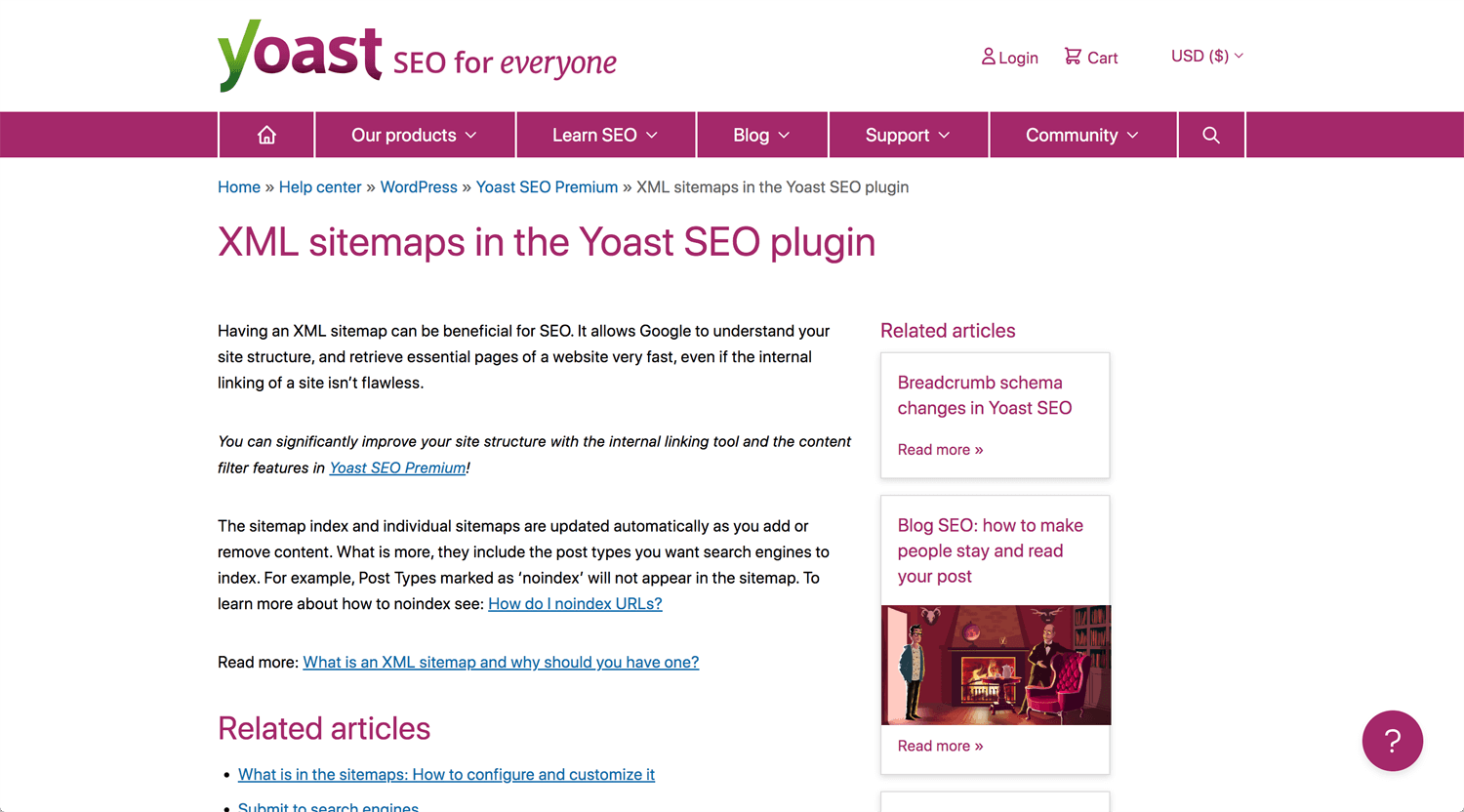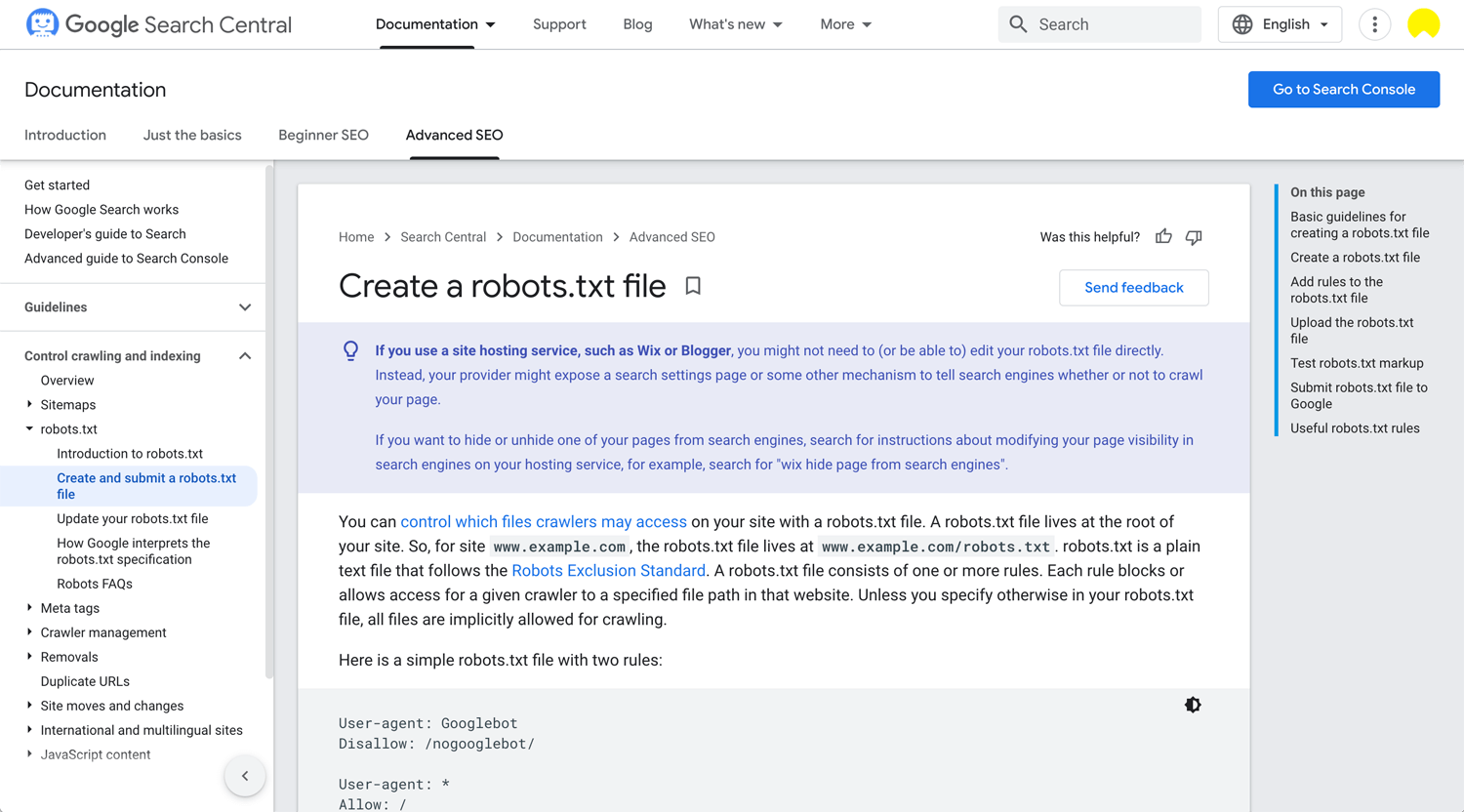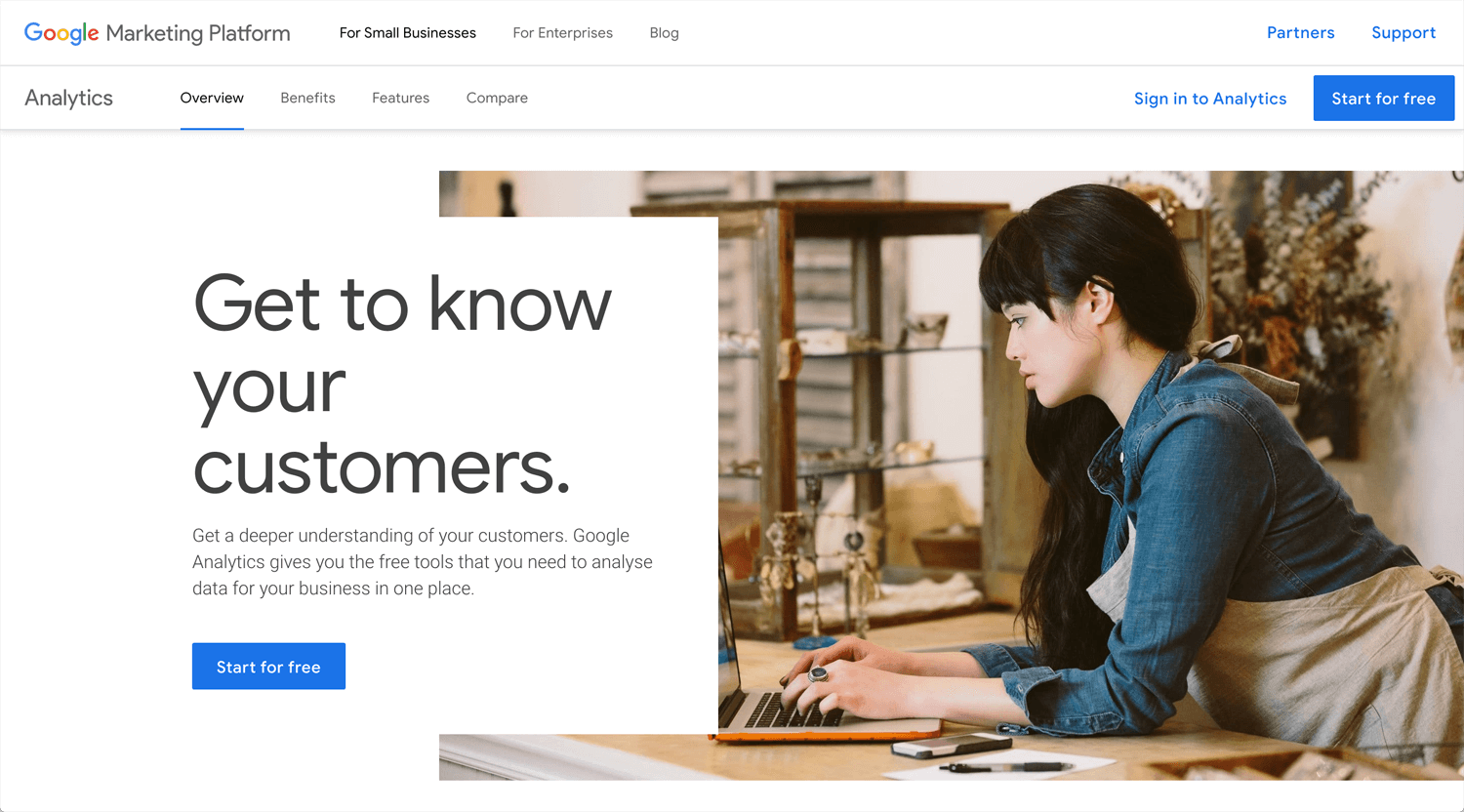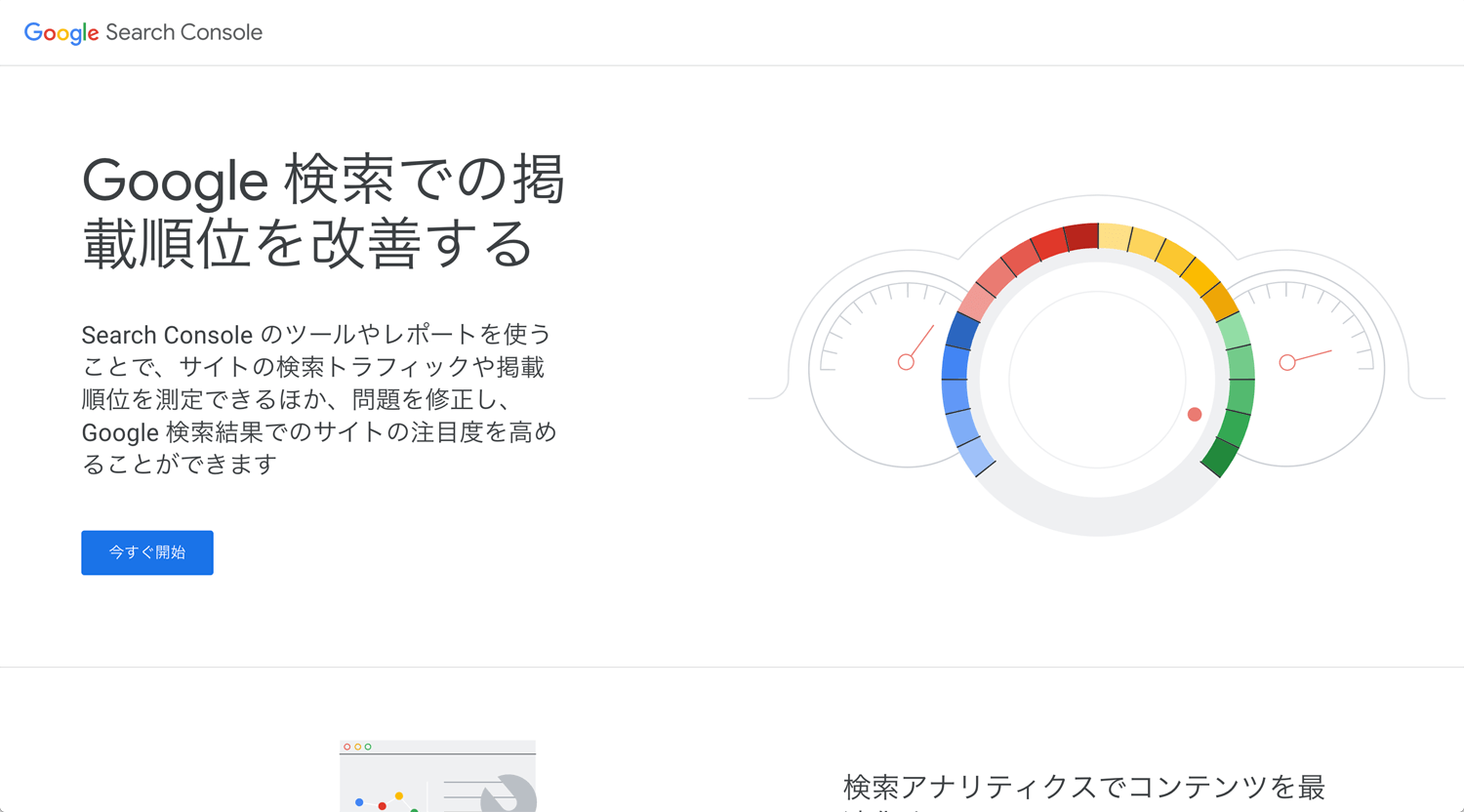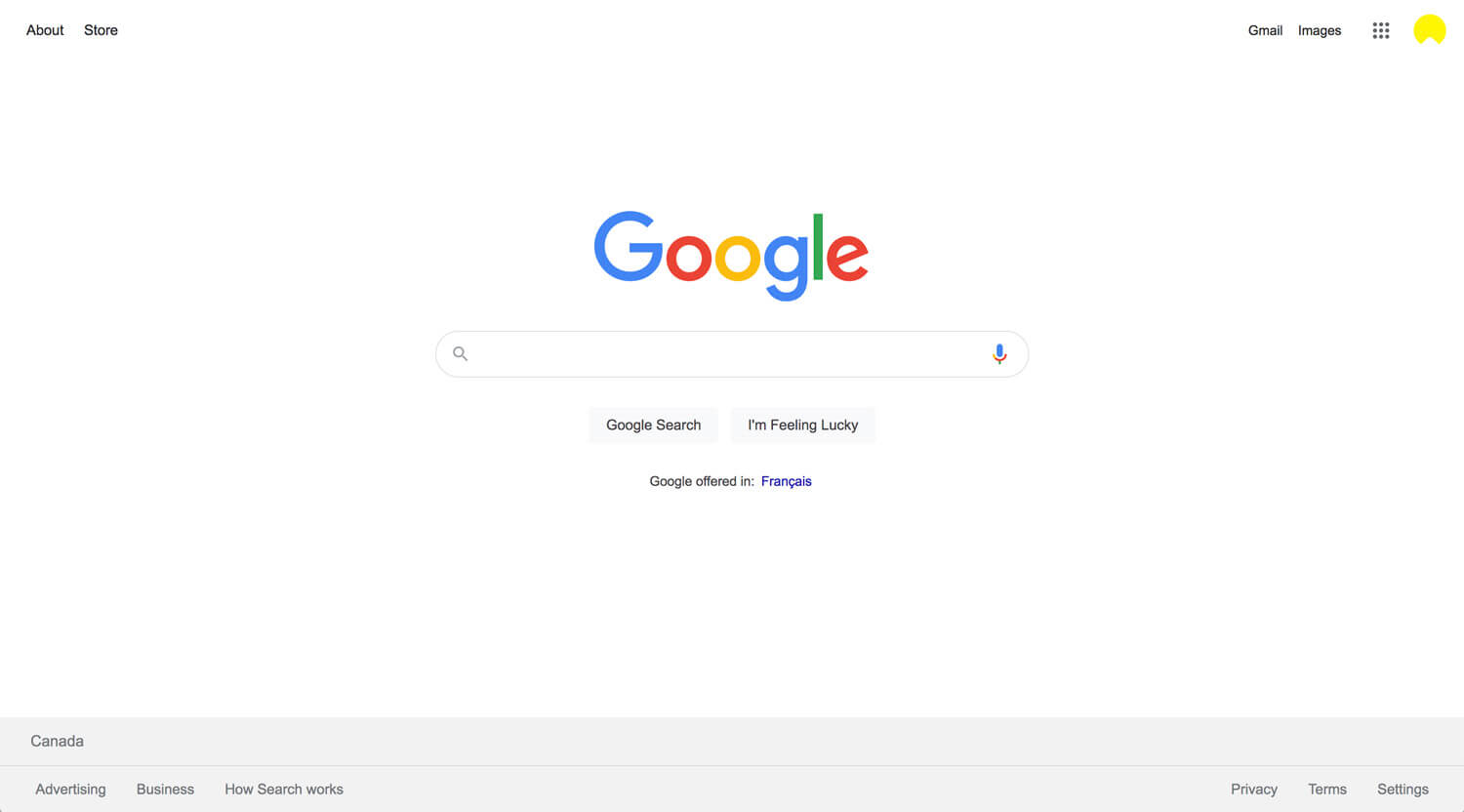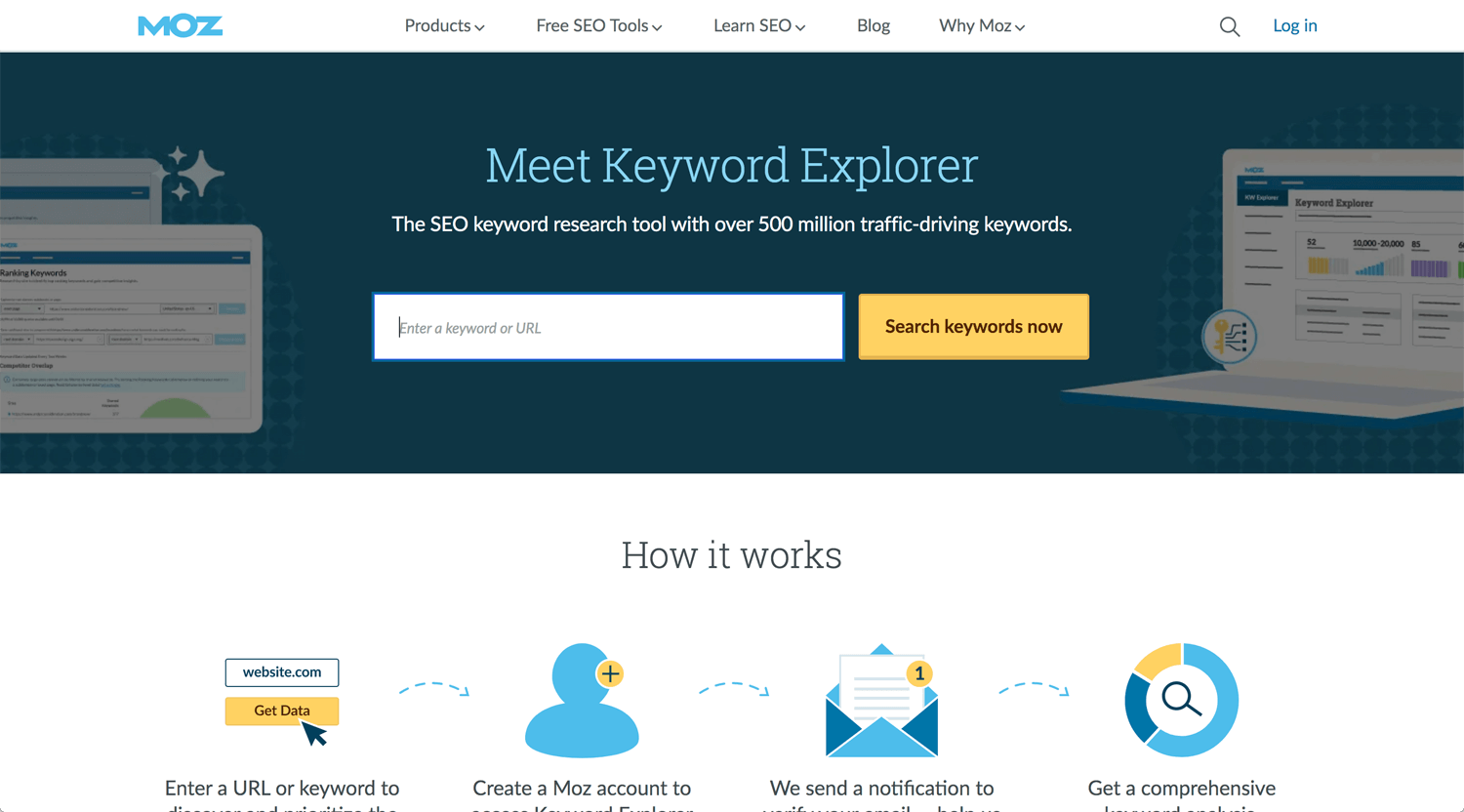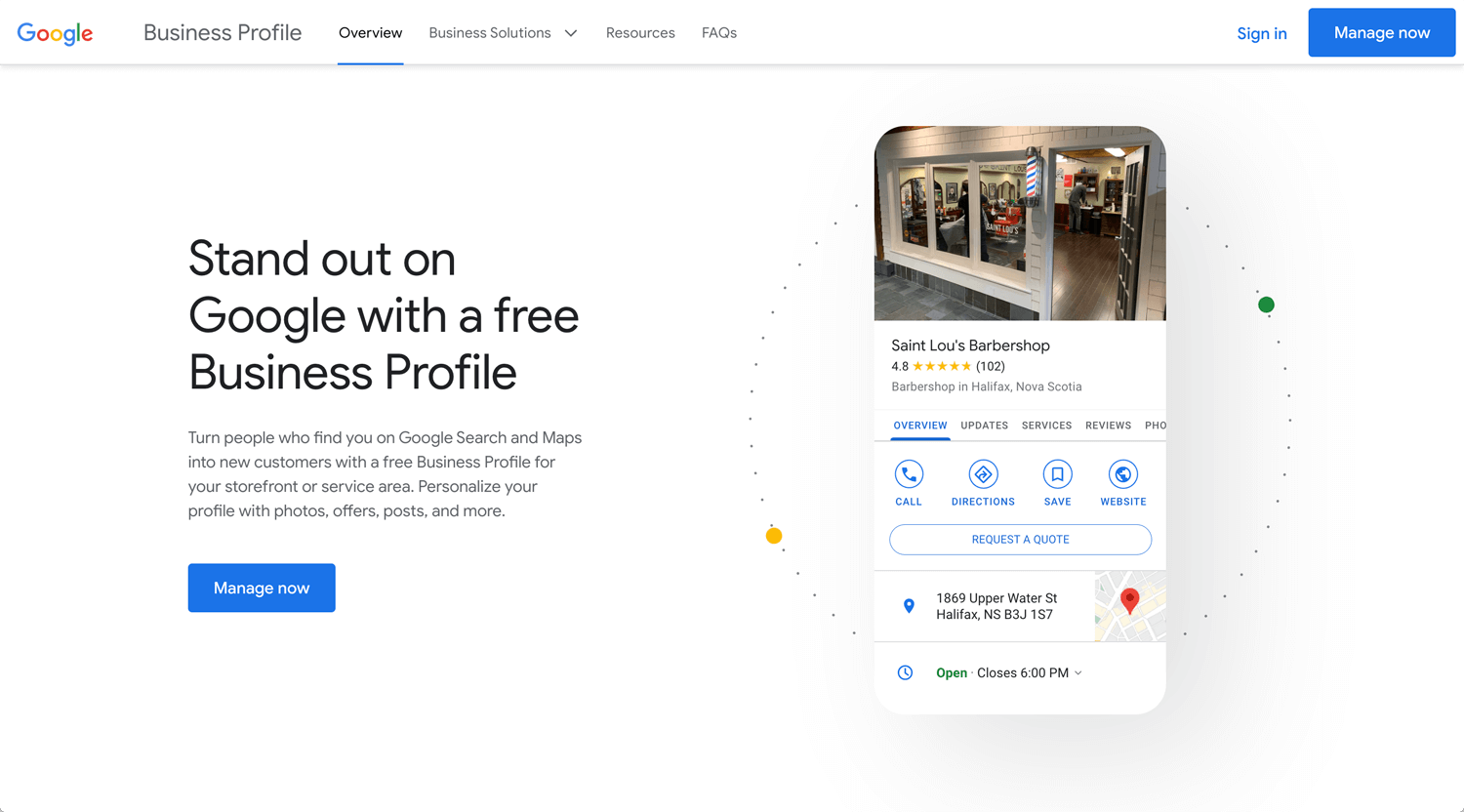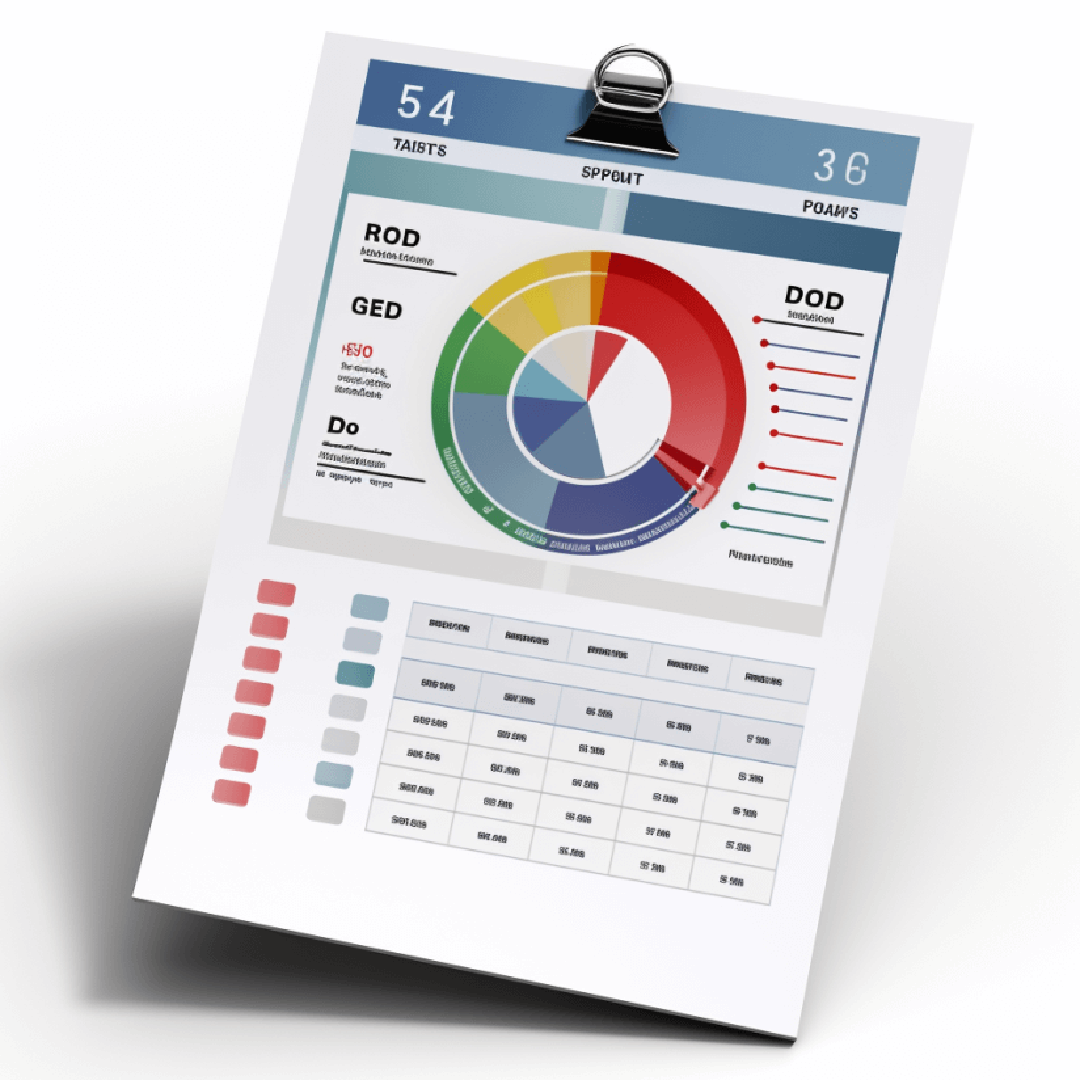Story: Execute SEO
To make someone’s life better. This is fundamental to business. Without value creation, business does not exist.
Type of offers:
– Better price
– Risk hedge
– Option, additional service
– Free trial
– Shortcut, time-saving
– Convenient
Value creation is not enough. If no one knows or cares what you are offering, it does not matter how much value you create. Without marketing, no business survives. People who don’t know you exist cannot purchase your offer.
Every existing business attracts the right people. The world is a bunch of talented people. We cannot stand out by trying to be the best unless we are really something special, but we have to exist when people search for our service on Google.
In 2022, marketing and SEO are essential.
SEO Checklist: How to Get More Organic Traffic (Complete Tutorial)
©Ahrefs
Basic setup
– Sitemap
– Robot.txt
– Google analytics
– Google search console
Keyword research
– Primally keyword
– Longtail keyword
– Search intent = find a reason to search
– Related query = check Google autocomplete
– Relevant keywords, subtopics
– Assesses the chance of ranking in Google, difficulty
On-page SEO
– Short and descriptive URL
– Title and meta description
– Add internal and external resources
Contents creation
– Introduction (connect with the reader, build trust, promise to provide a solution)
– Readability, keep content easy to understand
– Solve user’s problem
Link building
– Check the backlinks of competitor’s contents (ahrefs needs)
– Guest post
– Skyscraper technique
– Broken link building
Technical SEO
– Page speed
– Responsive
– Broken links
Keyword research
Google.com (Google autocomplete / Google autosuggest)
The Google Keyword Planner (Need Google Ads account)
– Find long-tail keywords, relevant keyword
– Question keyword
– Search volume and keyword difficulty
– Decide a primally keyword
– Update old contents
– Keyword explorer by ahlefs
– Keyword overview by SEMrush
– AlsoAsked.com
🌎 Digital Marketing 101 for Graphic/Web Designer – Market Research
On-page SEO
©ahrefs
– Use short URLs for your pages.
– Use your primary keyword in your URL ✓
– Use your keyword in the headline (H1 tag)
– Add external links to authoritative websites ✓
– Add internal links to pages that you want to rank ✓
– Re-optimize titles on underperforming page 1 rankings
– Create in-depth articles
– Use modifiers in your titles ✓
– Don’t have slow-loading pages
– Improve UX by enhancing UI
– How to craft great page titles for SEO – Yoast
– How to create the right meta description – Yoast
Before you start on-site SEO, you need to know who is your target audience, why they visit your website or the specific page. Your content should be the answer to their question or issue.
Free tools: SERP Checker – Analyze the top 10 rankings for any keyword in 243 countries
Contents creation
Reason to make a content (blog)
– Build trust (solve user’s issue by content)
– Use related keywords on the website
– Build backlinks
Skyscraper method
– Find content that is high rank, but looks not so great
– Think about how you make it better
– Create content
– Modifier = best, top, compare
– Title = 65 characters
– Keyword on H1 tag
– Keyword on meta description
– Meta description = 155 characters
– Keyword on URL
– Keyword on the first 150 words of the content
– Use internal/external link
Check
– Readability
– Structure (introduction, content table/list, chapter 1, chapter 2…, conclusion, etc)
– Header tags (H1, H2, etc)
Off-site SEO (Link building)
– 3 keys = relationship, relevant, value exchange
– Add links to websites manually
– Ask for a backlink
– Buy links
– Get organic links
Good backlink
– Relevance
– Autholitiveness
– Referral traffic
– Unique
– Natural
– Rich anchor text
– Dofollow (not nofollow)
– Business directory submissions
– Links from organizations, communities or clubs
– Social profile creation
– Guest blogging
– Blog commenting
– Posting to forums, communities & Q&A sites (follow the site rules, no-index code may be applied)
– Creating job search listings (job listing for SEO purposes sound evil)
– HARO: connects journalists seeking expertise to include in their content with sources who have that expertise.
– Do podcast interviews
– Do email outreach for your best content
*If you are ahrefs or SEMrush user, you can find competitor’s backlinks that rank 1st page on Google.
Technical SEO
– Inspect URL on Google Search Console
– Page loading speed
– Image file size
– Image alt-text
– Minify CSS, Javascript, and HTML
– Reduce white space in coding
– Responsive (mobile-friendly)
– HTTPS
– Broken links
+ Local SEO
Google Business Profile(Google My Business) – Get Listed on Google
– NAP = Name, Address, Phone(exact match on the website)
– Google Structured Data Markup Helper
– Local citation (Yelp, social media profile, industry organization, someone’s blog, etc)
– WhiteSpark.ca
– Maintain Google Business Profile, Use Google post
🌎 Digital Marketing 201 for Graphic/Web Designer – Local SEO
🌎 Digital Marketing 101 for Graphic/Web Designer – Local SEO
+ SEO tips
©Ahrefs
– Existing pages by covering subtopics
– Quora, Reddit, Stack Overflow and other forums to find low competition keywords
– Convert images into links back to your page
– Broken link building
– Use case studies and stats in your articles
– Search intent
– Modifier keywords to your titles, best, top, tips
– Competitor
– Low competition keywords
– Claim unlinked mentions
– Repurpose your best content
– Grab links from Wikipedia
– Featured snippets
Conclusion: A website that actually works
I have an opportunity to maintain the website after I developed it. I learned basic SEO on Udemy and YouTube. I wrote a couple of blogs before. This is the completed edition.
I apply this checklist for an ongoing project. I will update this blog once I learned something new practically. Let’s make an impact on a client’s business.
